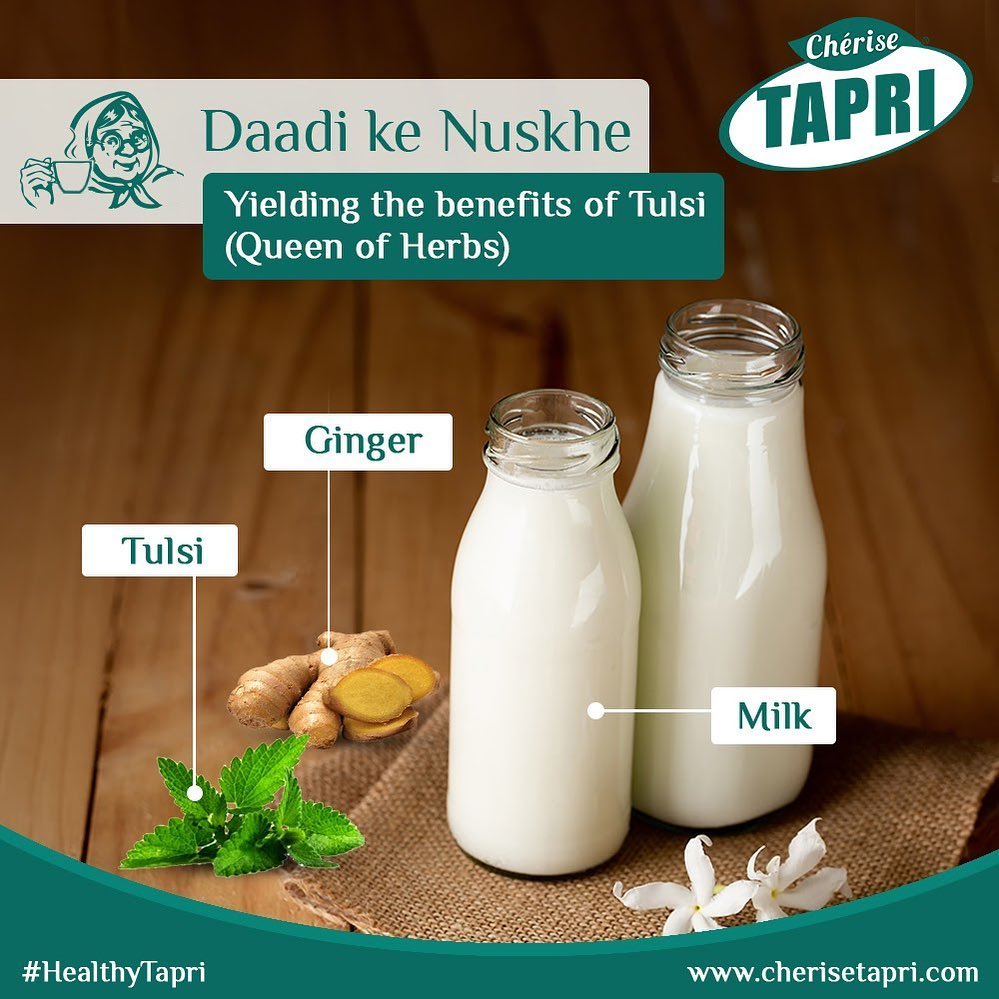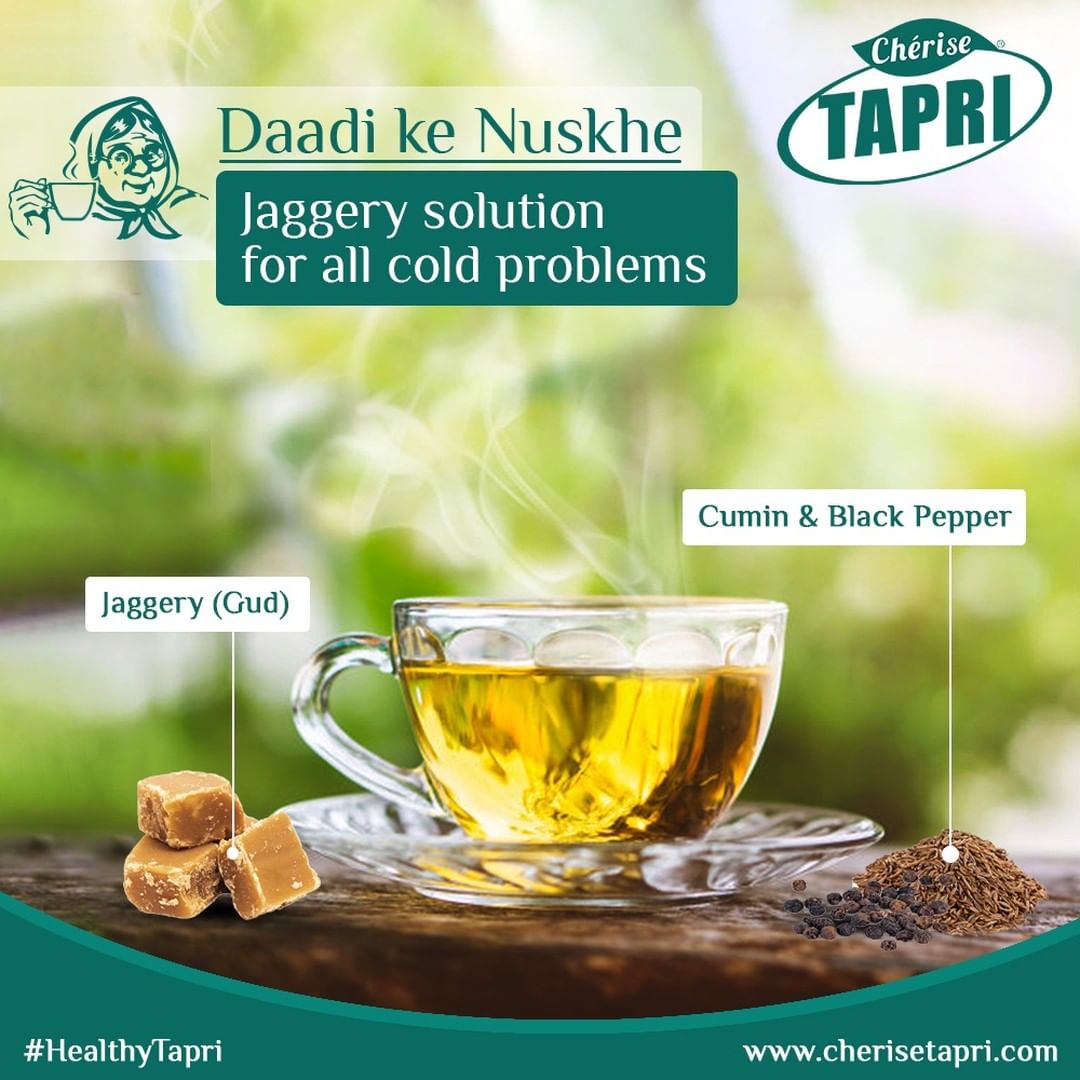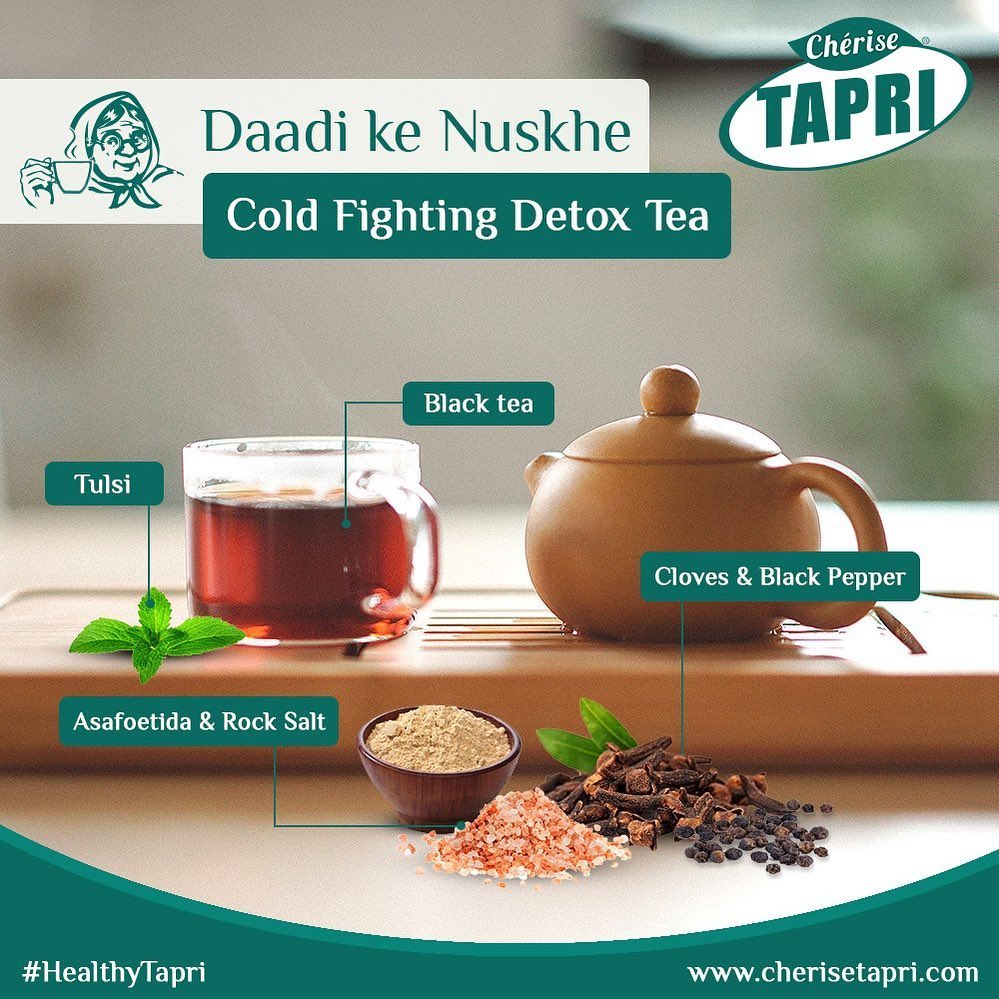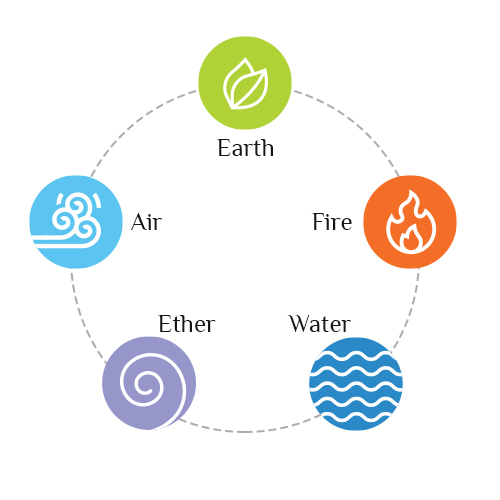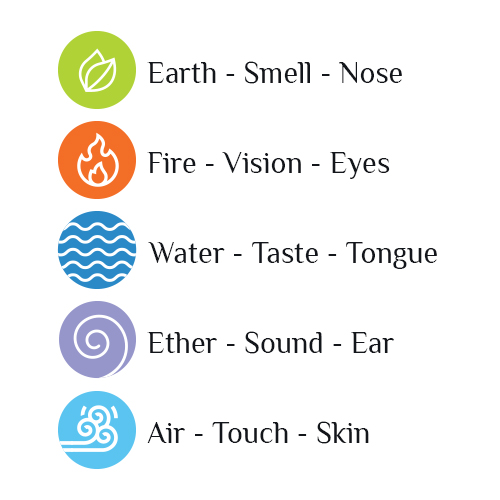Where Health Meets Taste
Checkout our range of super tasty, farm-fresh healthy beverages

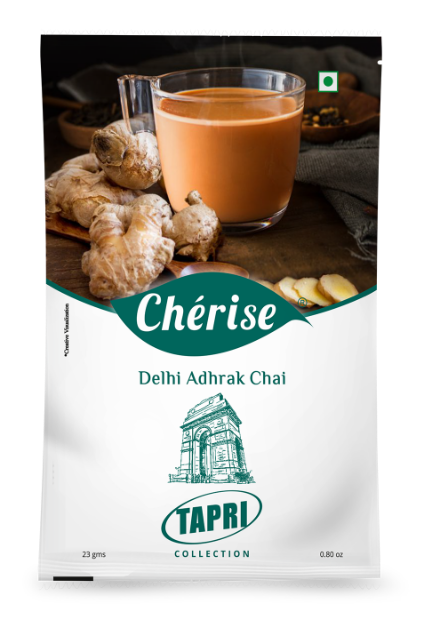
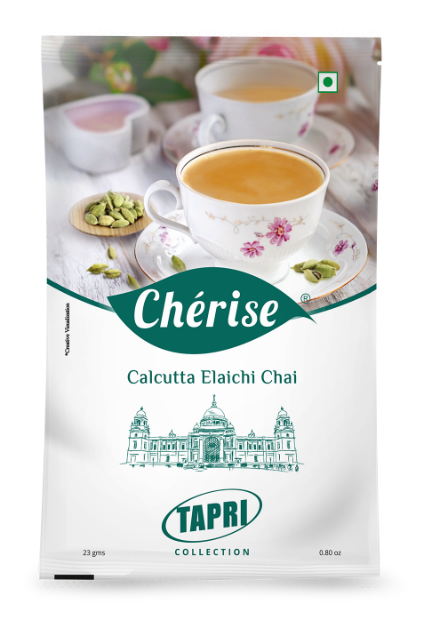
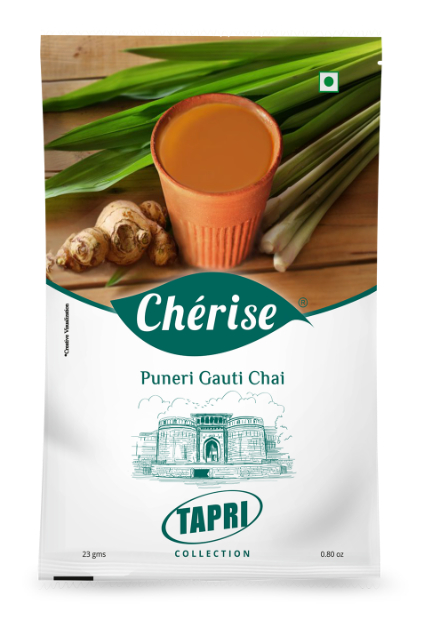
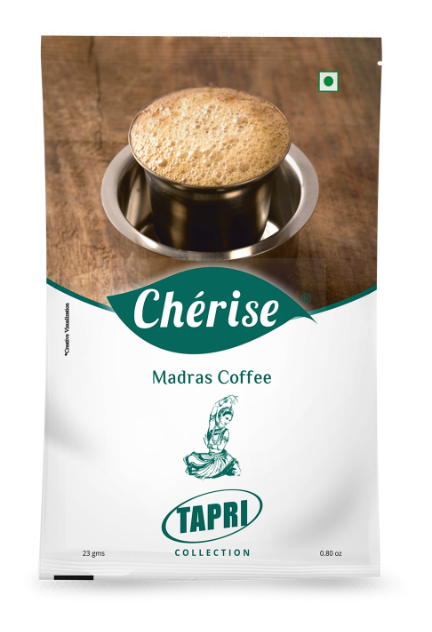
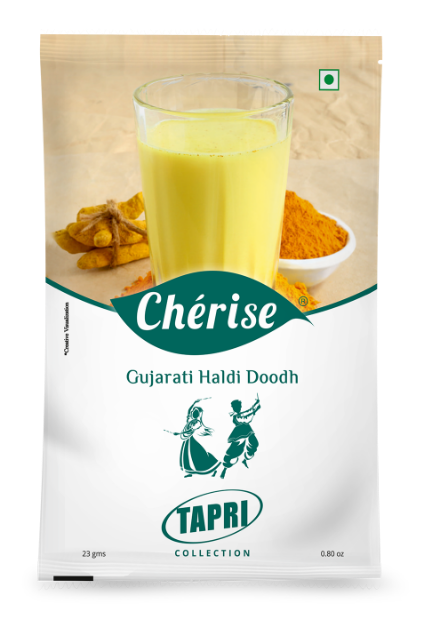
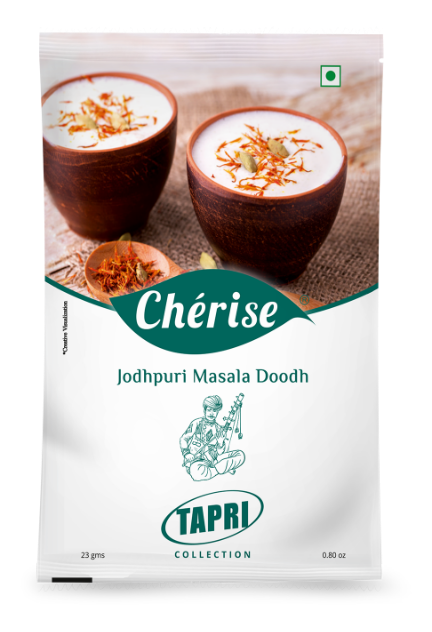


Mumbai Masala Chai
A City that never sleeps needs a chai that never gets cold or old! A medley of hand pounded spices such as clove, ginger, black pepper, cinnamon & nutmeg offer awesome taste and great health. We present to you a fusion of Aamchi Mumbai's countless masala dreams poured into one cutting chai!.
Experience the Goodness of
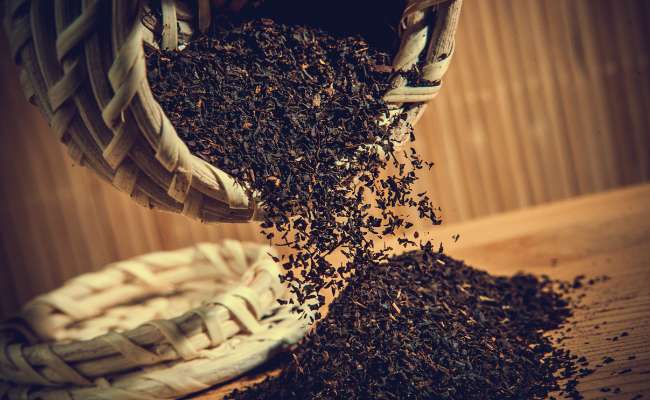
Natural Tea
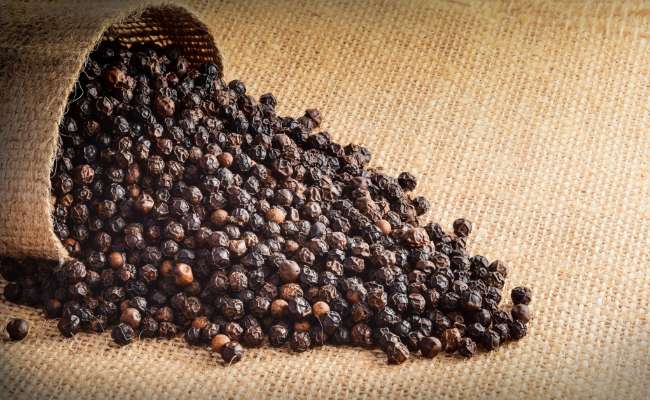
Black Pepper

Cinnamon
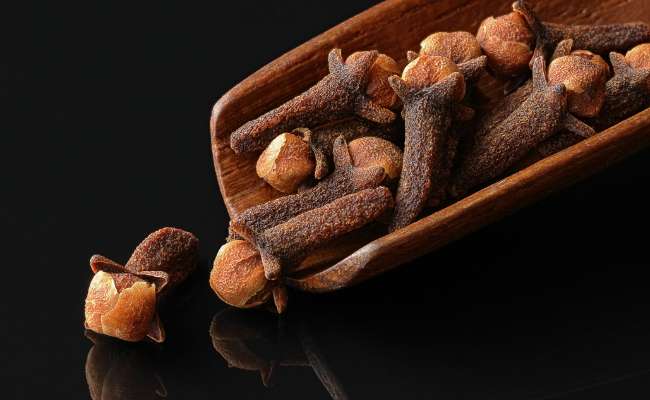
Clove
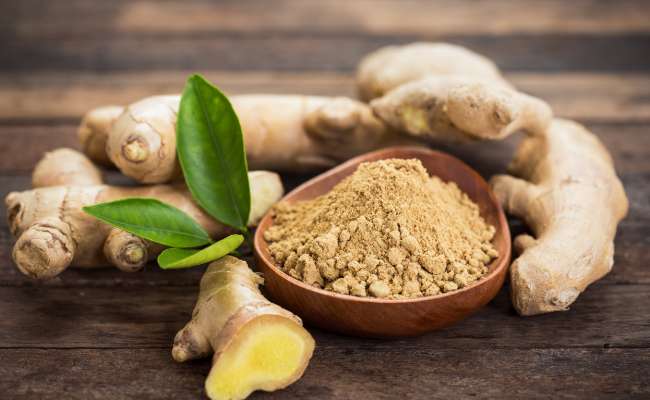
Ginger
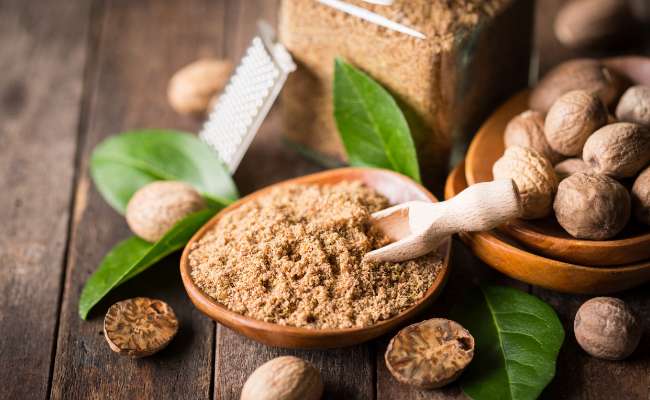
Nutmeg
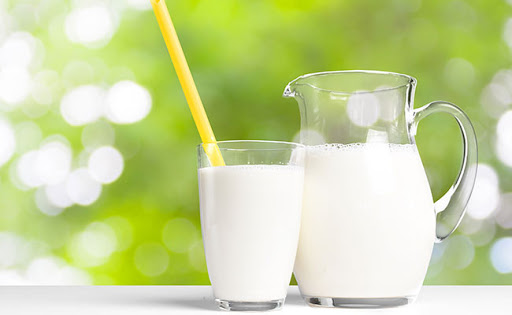
Milk
Delhi Aadhrak Chai
In the heart of India, lies a rare flavour of tea infused with
superpower of super foods
A delicious infusion of ginger with a hint of aromatic lemon grass
makes a perfect anxiety buster.
Experience the Goodness of

Ginger
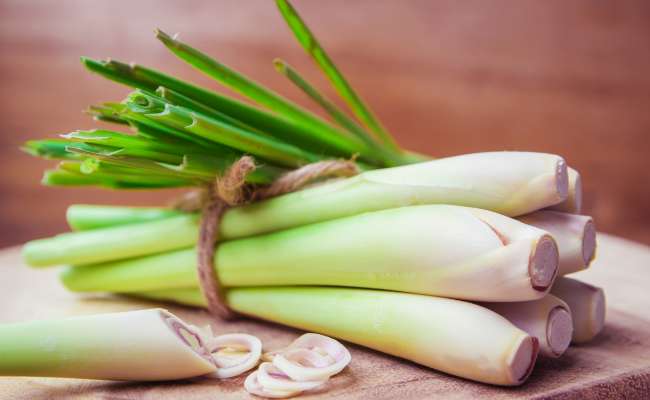
Lemongrass

Natural Tea

Milk
Calcutta Elaichi Chai
Taste the ‘Taste of Elite India’ from the ‘City of
Joy’
A unique mix of hand picked extracts of cardamom
fresh off the plantations, helps lowering high blood pressure.
Experience the Goodness of
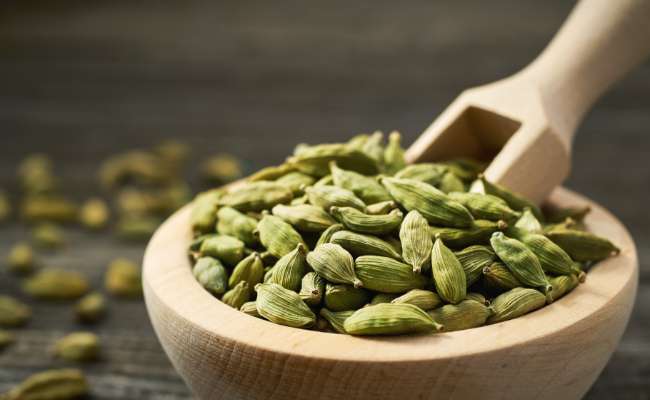
Cardamom

Natural Tea

Milk
Puneri Gauti Chai
From the heart of Maharashtra hinterland, a tea which is truly the
talk of the town.
A healthy blend of aromatic Lemongrass and
Ginger. Which provides instant comfort and strong immunity.
Experience the Goodness of

Natural Tea

Ginger

Lemongrass

Milk
Madras Coffee
The unblemished love for finest coffee brews strong in our
hearts.
A blend of freshly and finely ground specially selected
coffee beans give boost to your energy levels.
Experience the Goodness of
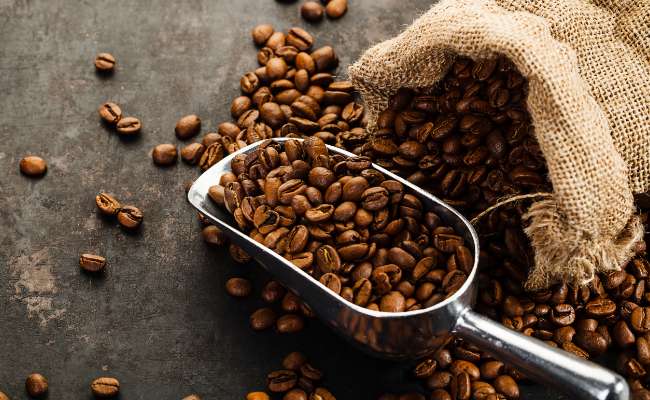
Coffee

Milk
Gujrati Haldi Doodh
This Gujarati gift of ‘Golden Spice’ in a glass of milk
is pure elixir.
From the traditional fields of the Indian hinterland, a freshly
melange of golden turmeric with the sweetness of
jaggery! Heal-thy soul!
Experience the Goodness of

Turmeric

Milk
Jodhpuri Masala Doodh
From Rajasthan’s “Sun City” we bring to you the
finest doodh to add masala to your life.
A collection of spices like cardamom, mace and nutmeg, freshly
grounded with a handful of
cashew, almonds and pistachio is a
perfect detoxifier.
Experience the Goodness of
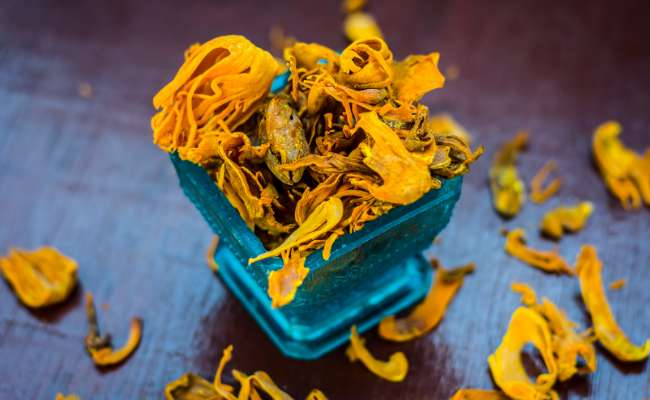
Mace

Nutmeg

Cardamom

Milk
Bikaneri Elaichi Doodh
A refreshing cup of elaichi doodh from the mystical Thar desert.
Milk blended with freshly hand pounded cardamom with sweetness of
jaggery is a trusted remedy for ulcers.
Experience the Goodness of

Cardamom

Milk
Hyderabadi Tomato Soup
A uniquely tangy tomato soup from the bustling bazaars of Hyderabad.
From fresh tomatoes blended with hand pounded spices and herbs
provide a great source of Vitamin C.
Experience the Goodness of
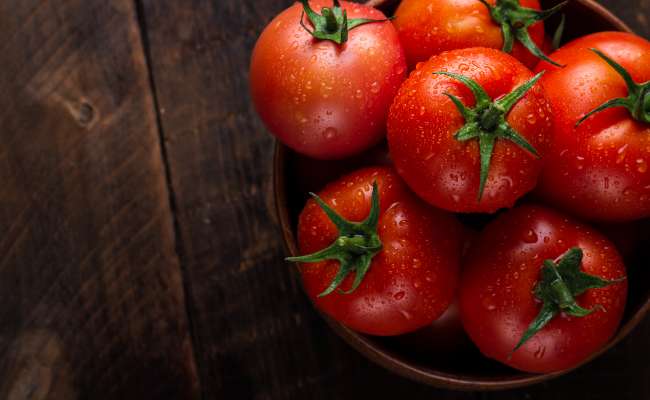
Tomatoes
Where Health Meets Taste
Checkout our range of super tasty, farm-fresh healthy beverages

Mumbai Masala Chai
A City that never sleeps needs a chai that never gets cold or old! A medley of hand pounded spices such as clove, ginger, black pepper, cinnamon & nutmeg offer awesome taste and great health. We present to you a fusion of Aamchi Mumbai's countless masala dreams poured into one cutting chai!.
Experience the Goodness of

Natural Tea

Black Pepper

Cinnamon

Clove

Ginger

Nutmeg

Milk

Delhi Aadhrak Chai
In the heart of India, lies a rare flavour of tea infused with
superpower of super foods
A delicious infusion of ginger with a hint of aromatic lemon grass
makes a perfect anxiety buster.
Experience the Goodness of

Ginger

Lemongrass

Natural Tea

Milk

Calcutta Elaichi Chai
Taste the ‘Taste of Elite India’ from the ‘City of
Joy’
A unique mix of hand picked extracts of cardamom
fresh off the plantations, helps lowering high blood pressure.
Experience the Goodness of

Cardamom

Natural Tea

Milk

Puneri Gauti Chai
From the heart of Maharashtra hinterland, a tea which is truly the
talk of the town.
A healthy blend of aromatic Lemongrass and
Ginger. Which provides instant comfort and strong immunity.
Experience the Goodness of

Natural Tea

Ginger

Lemongrass

Milk

Madras Coffee
The unblemished love for finest coffee brews strong in our
hearts.
A blend of freshly and finely ground specially selected
coffee beans give boost to your energy levels.
Experience the Goodness of

Coffee

Milk

Gujrati Haldi Doodh
This Gujarati gift of ‘Golden Spice’ in a glass of milk
is pure elixir.
From the traditional fields of the Indian hinterland, a freshly
melange of golden turmeric with the sweetness of
jaggery! Heal-thy soul!
Experience the Goodness of

Turmeric

Milk

Jodhpuri Masala Doodh
From Rajasthan’s “Sun City” we bring to you the
finest doodh to add masala to your life.
A collection of spices like cardamom, mace and nutmeg, freshly
grounded with a handful of
cashew, almonds and pistachio is a
perfect detoxifier.
Experience the Goodness of

Mace

Nutmeg

Cardamom

Milk

Bikaneri Elaichi Doodh
A refreshing cup of elaichi doodh from the mystical Thar desert.
Milk blended with freshly hand pounded cardamom with sweetness of
jaggery is a trusted remedy for ulcers.
Experience the Goodness of

Cardamom

Milk

Hyderabadi Tomato Soup
A uniquely tangy tomato soup from the bustling bazaars of Hyderabad.
From fresh tomatoes blended with hand pounded spices and herbs
provide a great source of Vitamin C.
Experience the Goodness of

Tomatoes


The story of the Humble Tea
Tea is a staple drink in India, every household starts their day with a cup of Tea! But have you ever wondered how tea was discovered and how has it reached masses? Let us take you through the journey.

Discovery of Tea
The Second Emperor of China, Shen Nung discovered tea when tea leaves blew into his cup of hot water and became increasingly popular in China between 4th to 8th centuries.



Tea Reaches Europe
The Portuguese traders introduced the British Empire to Tea in the 17th Century. And thus began Europe’s leafy love affair with the world’s second most consumed beverage after water!

Touch Down India
The great demand for tea amongst the western world, led British East India Company to establish plantations in Assam and Eastern part of India, and it was the beginning of commercial tea cultivation in India.


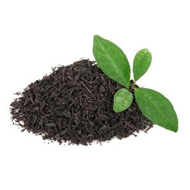
The Growth & Addiction
In Order to Boost the growth of tea consumption within the country advertising was done to introduce tea into people's routines

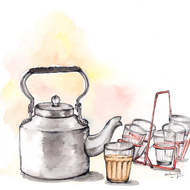
Today
Consumption of Chai has become a part from social ritual to functional, built intrinsically in life of Indians.











 Daadi ke Nuskhe
Daadi ke Nuskhe
